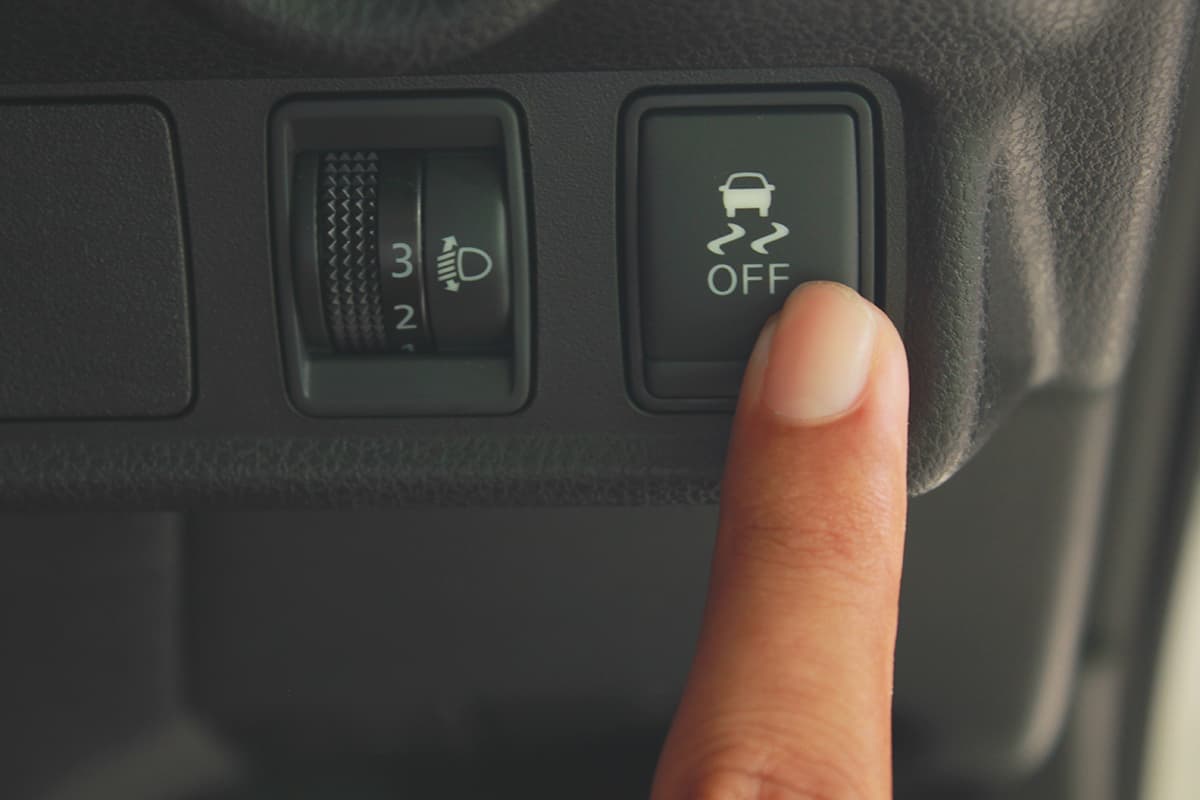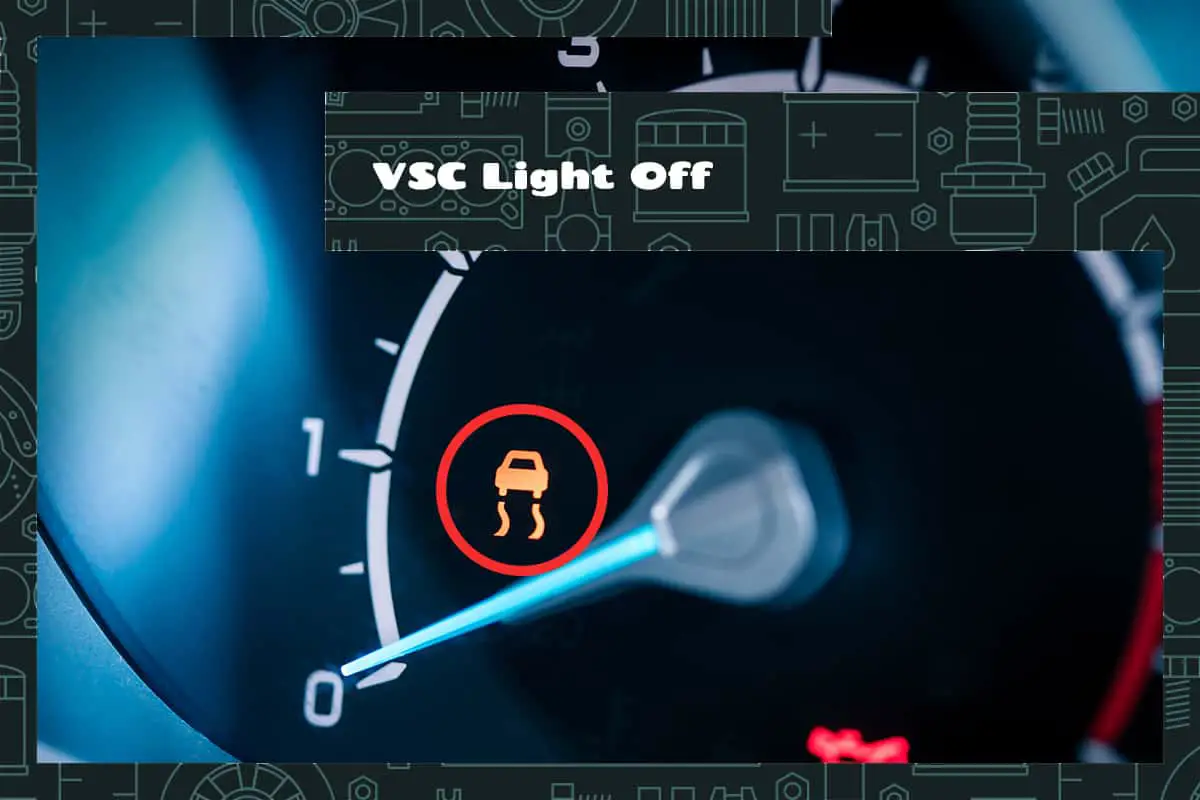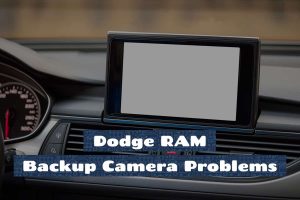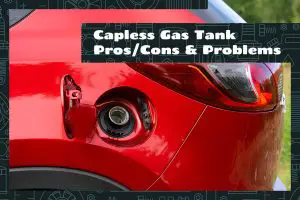The Vehicle Stability Control (VSC) system in your car is a critical component that helps maintain the vehicle’s stability and control, particularly during extreme steering maneuvers. It’s designed to help prevent wheels from slipping and losing traction, enhancing the car’s overall safety and performance.
If the VSC system is functioning normally, you may not notice it, but when the VSC light on your dashboard goes off, it could signal an issue that requires your attention.
Potential causes for the VSC light going off can are as follows:
- A fault in the vehicle’s sensors
- Mechanical issues in the braking system
- An error in the steering angle sensor
- A malfunction in the VSC system itself
This guide will cover the intricacies of the VSC system, explaining the reasons behind the VSC light going off and offering practical steps to handle this scenario.
The Ins and Outs of the VSC System

The VSC system helps ensure safety and optimum handling during various driving conditions. Understanding its components and how they interact can provide valuable insights into maintaining your vehicle’s overall performance.
Components of the VSC System
The VSC system is a complex network of sensors, controllers, and actuators working in harmony to help maintain the vehicle’s stability.
- Sensors: These are the eyes of the VSC system. They continuously monitor variables such as wheel speed, steering angle, and lateral acceleration. The Wheel Speed Sensors are positioned at each wheel, measuring the rotational speed and feeding this information back to the VSC controller. The Steering Angle Sensor located in the steering column assesses the direction the driver intends to steer. The Yaw Rate and Lateral Acceleration Sensors, usually positioned in the center of the vehicle, measure the car’s movements and angle of tilt.
- Controller: This is the brain of the VSC system. It continuously processes the data gathered by the sensors, comparing the driver’s intended direction (from the steering angle) with the vehicle’s actual direction (from the yaw rate and lateral acceleration).
- Actuators: These are the hands and feet of the VSC system, taking direct action based on instructions from the controller. If the controller detects a discrepancy between the driver’s intent and the vehicle’s actual direction, it signals the actuators to help correct the vehicle’s path. The main actuators involved are the brakes and the engine control unit (ECU). The brakes can be applied individually at each wheel to help steer the vehicle, while the ECU can reduce engine power to help regain control.
How the VSC System Works
When you steer your vehicle, the steering angle sensor reads the direction you intend to go. Simultaneously, the wheel speed sensors monitor each wheel’s speed, while the yaw rate and lateral acceleration sensors track the car’s actual movement and direction.
All this data is constantly fed into the VSC controller, which uses advanced algorithms to compare the driver’s intent with the vehicle’s actual behavior. If the vehicle starts to deviate from the intended path—for example, during sudden swerving or on slippery roads—the VSC system springs into action.
The controller communicates with the actuators, instructing them to help correct the vehicle’s path. It can apply the brakes individually at each wheel, helping to counteract oversteer or understeer. Simultaneously, the controller can signal the ECU to reduce engine power, further aiding in regaining control. This happens in a fraction of a second, often without the driver noticing.
The VSC light on your dashboard typically remains off, indicating that the system functions correctly. However, when this light goes off, it’s a sign that the VSC system has detected an issue requiring your attention.
Causes for VSC Light Going Off
Usually, the VSC light stays off, signifying that your VSC system is functioning correctly. However, when this light goes off, it means the system has detected a problem that could affect your vehicle’s stability and control.
Common Triggers
- Faulty Wheel Speed Sensors: The wheel speed sensors play a crucial role in the VSC system. They measure each wheel’s rotation speed, providing data that the VSC controller uses to determine whether the vehicle is behaving as intended. If any of these sensors malfunction or become damaged, it can trigger the VSC light.
- Malfunctioning Steering Angle Sensor: This sensor is responsible for detecting the intended direction of the vehicle based on the steering wheel’s position. If it malfunctions or gives incorrect readings, it can lead to the VSC light illuminating.
- Low Brake Fluid Level: The VSC system works closely with the vehicle’s braking system. A low brake fluid level can affect the VSC system’s effectiveness, leading to the VSC light going off. It’s advisable to regularly check your brake fluid level as part of your vehicle’s routine maintenance.
- Faulty Yaw Rate or Lateral Acceleration Sensors: These sensors measure the vehicle’s actual movement and direction. If they fail or provide inaccurate data, the VSC system cannot accurately assess the vehicle’s behavior, triggering the VSC light.
Less Common Triggers
- Damaged Wiring or Connections: The various components of the VSC system are interconnected through wiring. Any damage to these wires, or loose connections, can disrupt the system and cause the VSC light to go off.
- Faulty Controller: While uncommon, it’s possible for the VSC controller, the system’s “brain,” to fail. This can lead to erroneous readings and actions, causing the VSC light to illuminate.
- Malfunctioning Actuators: The brakes and the ECU, the main actuators in the VSC system, can sometimes malfunction, preventing the VSC system from taking corrective actions when necessary. This can also trigger the VSC light.
How to Respond When the VSC Light Goes Off

If the VSC light goes off, it’s a sign that the system has detected a problem that could affect your vehicle’s stability and control. This section aims to guide you on how to respond appropriately when your VSC light goes off, ensuring your safety and maintaining your vehicle’s performance.
Immediate Actions to Take
When the VSC light goes off while you’re driving, you should take immediate actions to ensure your safety and minimize potential damage to your vehicle:
- Assess the Situation: Pay attention to any noticeable changes in your vehicle’s performance. Does it feel different? Is it handling differently, making unusual noises, or responding slower than usual?
- Find a Safe Place to Pull Over: If you notice any significant changes in your vehicle’s performance, or if the light stays on, find a safe place to pull over as soon as possible.
- Check the Dashboard: Once safely parked, check if any other warning lights are on. This could provide clues about what’s causing the VSC light to illuminate.
Safety Precautions
Whenever the VSC light goes off, it’s important to follow certain safety precautions:
- Do Not Ignore the Light: The VSC light is a serious warning that should not be ignored. If it stays on after restarting your vehicle, it’s crucial to have your vehicle inspected as soon as possible.
- Drive Carefully: With the VSC light on, your vehicle might not respond as expected, especially in situations where the VSC system would normally intervene, such as on slippery roads or during sudden swerving. Drive more cautiously and avoid aggressive steering maneuvers.
- Schedule an Inspection: If the VSC light continues to stay on, schedule an inspection with a professional mechanic. They can use diagnostic tools to read any trouble codes stored in the vehicle’s computer, helping pinpoint the source of the issue.







